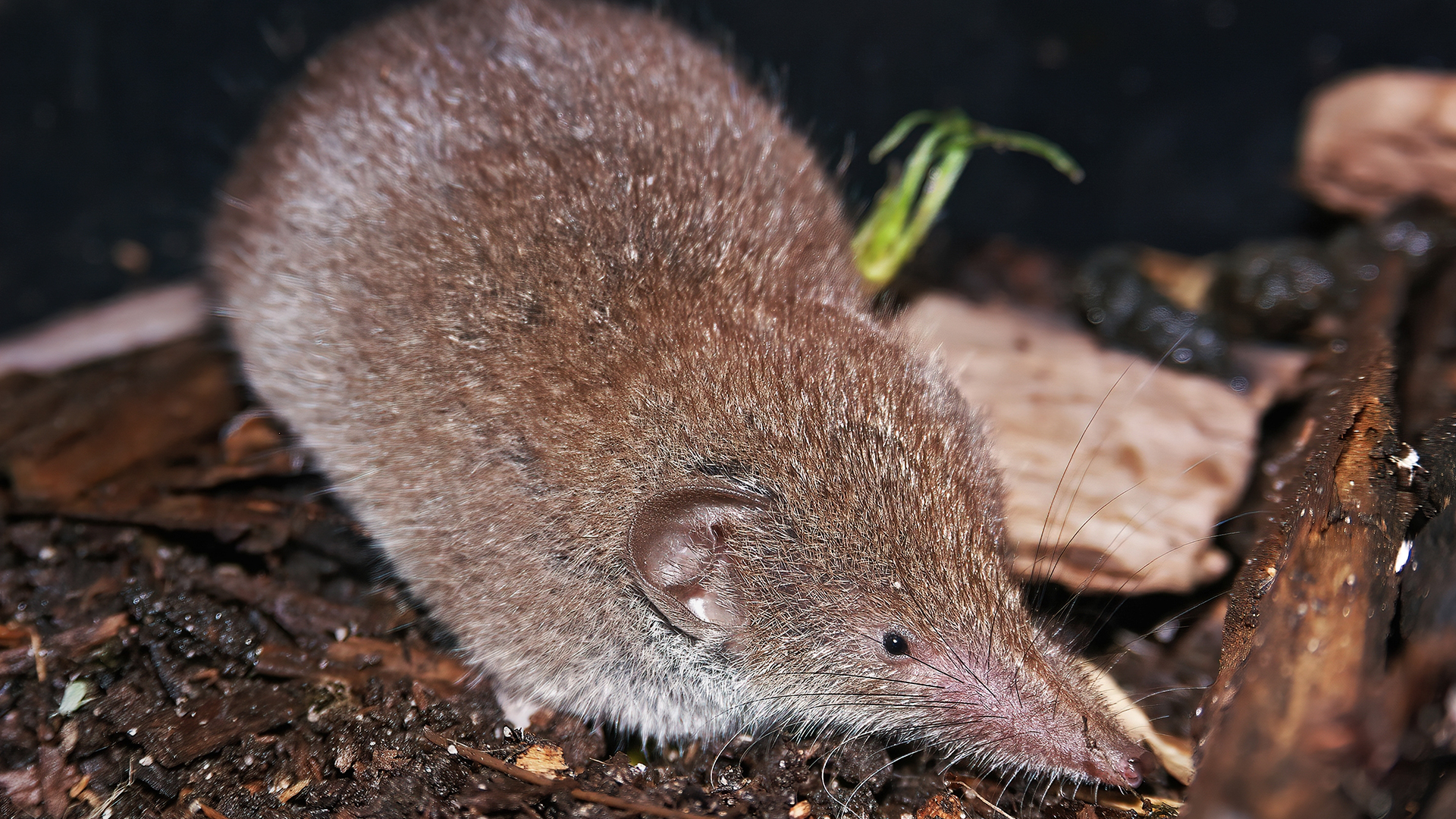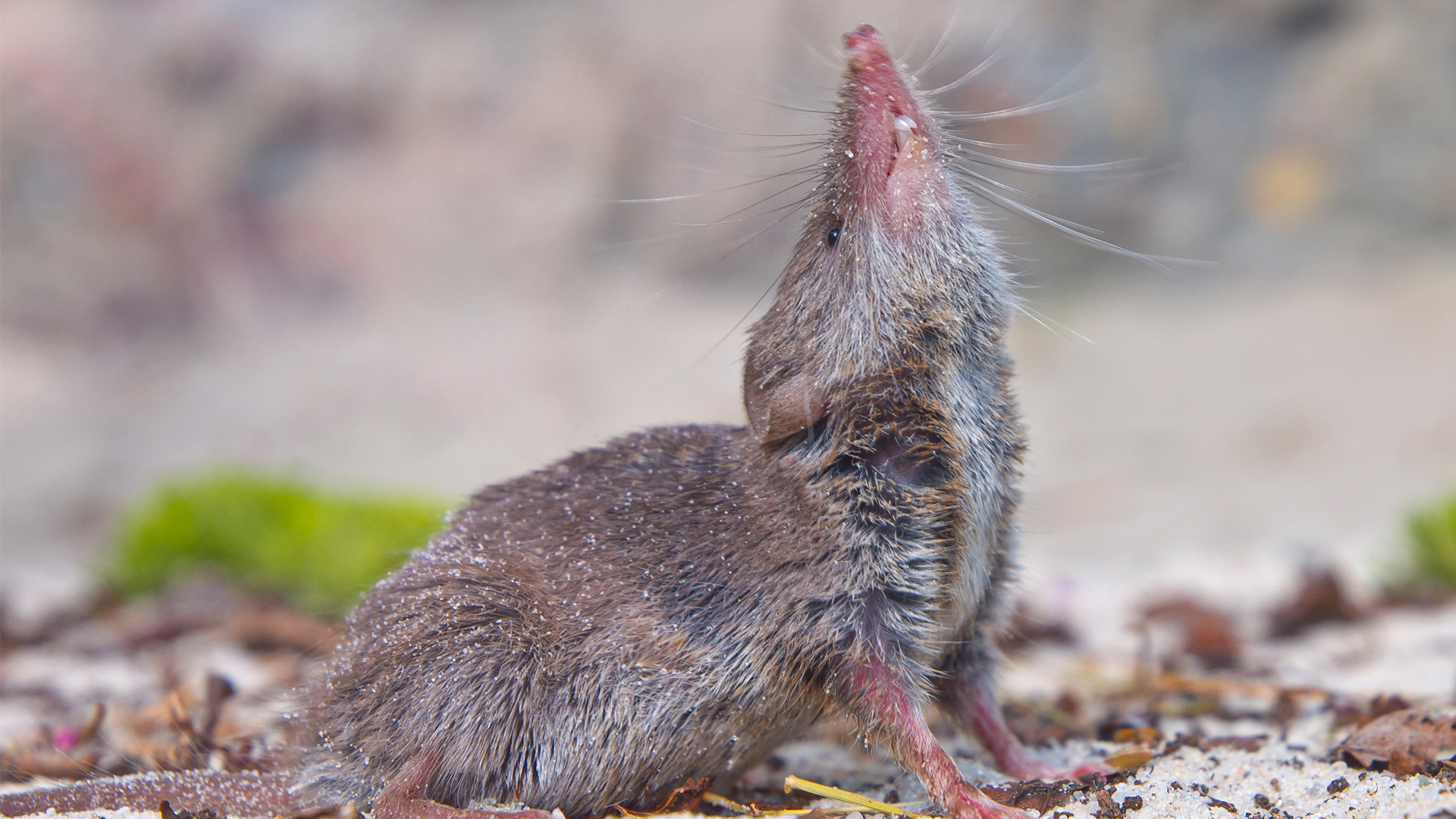Crocidura russula is considered the most common shrew in the Portuguese territory and holds the status of “Least Concern” (LC) according to the Red Book of Vertebrates of Portugal. It can be easily identified given its physical characteristics, in particular the size of its ears and, obviously, its white teeth, and is one of the residents of the Vale de Beja estate, managed by The Navigator Company. Should we get to know it better?
The white-toothed shrew can adapt relatively easily to hot climates and can be found all over Europe and predominantly in the Iberian Peninsula, from the north to the south of Portugal. As regards its habitat, it looks for open areas with abundant herbaceous vegetation. However, given its ability to adapt to different environments, it can also be spotted in urbanised areas, such as gardens and crop areas, for example.
Its name derives from its white teeth, namely 3 unicuspid teeth, but there is much more to say about the physiology of the Crocidura russula species. This small mammal measures between 5 and 8.5 cm and has a narrow head and pointed snout with light-coloured whiskers, rounded ears and small eyes, a greyish (in winter) or reddish-brown (in summer) back, albeit whiter in the womb area. Its tail is long and covered with long, insulated hair.




